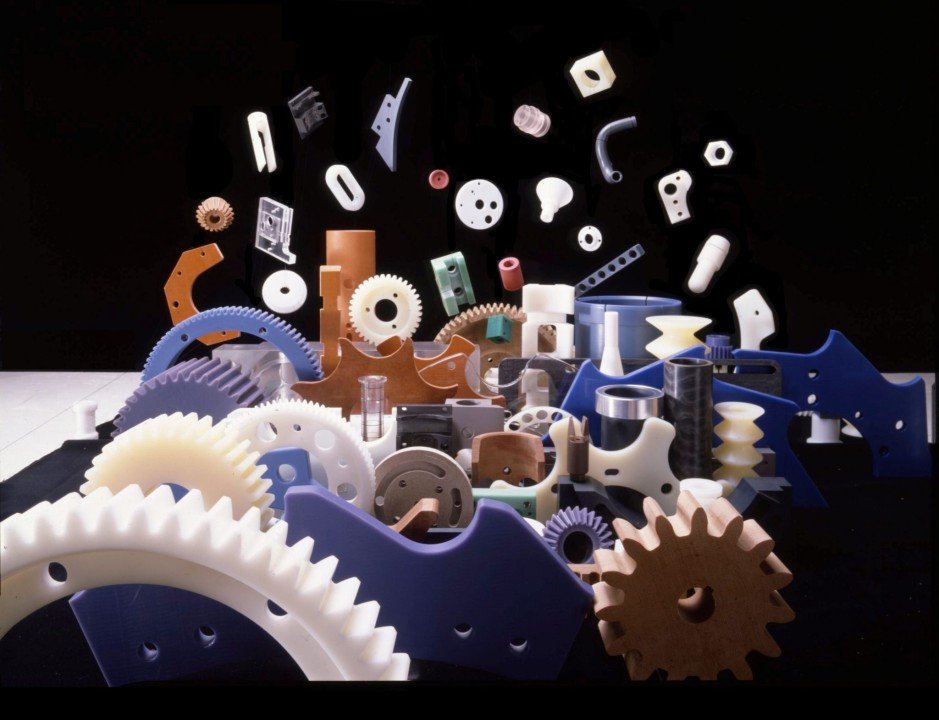Top 10 High Performance Polymers Transforming Modern Industries
High Performance Polymers (HPPs) have emerged as game-changers, offering exceptional strength, chemical resistance, and thermal stability. These advanced materials are revolutionizing industries ranging from aerospace and automotive to healthcare and electronics.
In this blog, we’ll explore the top 10 high performance polymers that are shaping modern industries and pushing the boundaries of material science.
- Polyetheretherketone (PEEK)
PEEK is one of the most widely used high performance polymers, known for its outstanding thermal stability, chemical resistance, and mechanical strength.
- Applications: Aerospace, automotive, medical implants, and electronics.
- Why it matters: PEEK can replace metals in high-stress environments, reducing weight without compromising durability.
- Polytetrafluoroethylene (PTFE)
Commonly known as Teflon, PTFE stands out for its exceptional non-stick, low-friction, and high chemical resistance properties.
- Applications: Chemical processing, non-stick cookware, and electrical insulation.
- Why it matters: PTFE remains stable even under extreme temperatures, making it ideal for harsh industrial conditions.
- Polyimide (PI)
Polyimides are known for their excellent heat resistance, dimensional stability, and mechanical properties at high temperatures.
- Applications: Aerospace components, flexible printed circuits, and high-temperature adhesives.
- Why it matters: PI maintains performance where most plastics fail, especially above 250°C.
- Polyphenylene Sulfide (PPS)
PPS combines chemical resistance, thermal stability, and dimensional precision, making it a reliable alternative to metals and ceramics.
- Applications: Automotive parts, electrical housings, and filter bags.
- Why it matters: It performs well in corrosive and high-temperature environments.
- Polyetherimide (PEI)
PEI offers a unique blend of strength, transparency, and flame resistance, making it suitable for demanding applications.
- Applications: Medical devices, aircraft interiors, and electrical connectors.
- Why it matters: It offers cost-effective performance similar to PEEK at moderate temperatures.
- Polyamide-Imide (PAI)
PAI exhibits extreme mechanical strength, low wear, and excellent dimensional stability under load and heat.
- Applications: Bearings, seals, and compressor parts.
- Why it matters: PAI can operate continuously in high-stress environments where other polymers soften or fail.
- Liquid Crystal Polymer (LCP)
LCPs possess a high modulus, low thermal expansion, and excellent chemical resistance, making them ideal for precision applications.
- Applications: Microelectronics, connectors, and sensors.
- Why it matters: LCP’s molecular structure enables high-speed, miniaturized electronic components.
- Polyvinylidene Fluoride (PVDF)
PVDF offers strong chemical resistance, UV stability, and electrical insulation capabilities.
- Applications: Chemical piping, lithium-ion batteries, and coatings.
- Why it matters: PVDF is widely used in energy storage and chemical industries for its reliability and versatility.
- Polyaryletherketone (PAEK)
PAEK is a family of high-performance thermoplastics similar to PEEK, offering excellent fatigue resistance and toughness.
- Applications: Aerospace, oil & gas, and industrial machinery.
- Why it matters: It’s ideal for components that face high mechanical loads and extreme temperatures.
- Polysulfone (PSU)
Polysulfones are known for their clarity, hydrolytic stability, and toughness.
- Applications: Medical devices, membranes, and food processing equipment.
- Why it matters: PSU maintains its properties under steam sterilization, making it indispensable in healthcare and filtration industries.
Conclusion
High Performance Polymers are redefining what’s possible in modern engineering and design. With their ability to withstand extreme environments while maintaining lightweight and durable characteristics, these materials are paving the way for innovation across multiple sectors.
As industries continue to evolve, the demand for smarter, stronger, and more sustainable materials will only grow – and High-Performance Polymers are leading that transformation.


